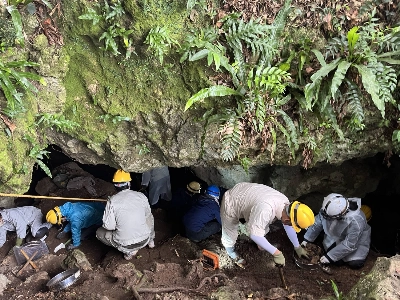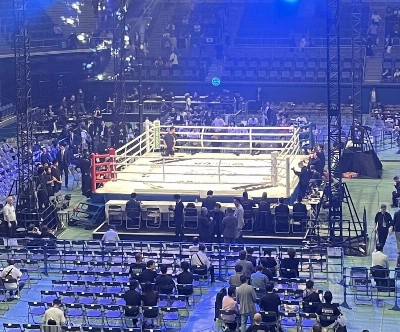The deluge that pounded wide areas of Japan on Friday and Saturday — flooding rivers, homes and communities — was for parts of Aichi, Shizuoka, Ibaraki and Wakayama prefectures a rain event that happens “once in 100 years or more,” according to an analysis of past precipitation data by the National Research Institute for Earth Science and Disaster Resilience.
The severe weather was caused by warm and moist air carried by Tropical Storm Mawar, which was passing south of the country, and an active rain front that covered much of Japan’s mainland.
Based on past rainfall observation data, the research institute separated the rarity of heavy precipitation into six groups — once in 100 years or longer, 50 to 100 years, 30 to 50 years, 10 to 30 years, 5 to 10 years and two to five years.

















With your current subscription plan you can comment on stories. However, before writing your first comment, please create a display name in the Profile section of your subscriber account page.